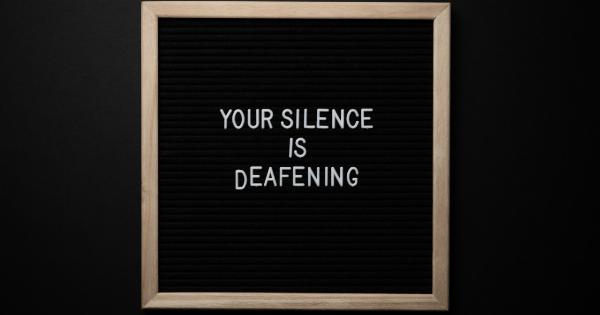In our fast-paced and increasingly stressful world, finding ways to manage stress and find comfort is crucial for our overall well-being.
One simple yet powerful technique is hugging, which can provide emotional support, physical relaxation, and a sense of connection. In this article, we will explore the benefits of hugging, different types of hugs, and tips for incorporating more hugs into your daily life.
The Science of Hugs
Hugging is more than just a warm gesture; it has been proven to have numerous positive effects on our mind and body.
When we hug, our bodies release oxytocin, often referred to as the “love hormone.” Oxytocin is associated with trust, empathy, and bonding, making us feel more connected to others and reducing feelings of stress and anxiety.
Additionally, hugging triggers the release of endorphins, the body’s natural painkillers. Endorphins promote feelings of pleasure and well-being and can even help alleviate physical discomfort.
The Different Types of Hugs
Not all hugs are created equal. Each type of hug serves a different purpose and can convey different emotions. Understanding the different types of hugs can help you better communicate and connect with others.
1. The Bear Hug
A bear hug is a tight, full-bodied embrace. This type of hug is often associated with intense affection and is typically given between close friends, family members, or romantic partners. A bear hug can provide a deep sense of comfort and security.
2. The Shoulder Hug
A shoulder hug involves one person placing their arm around the other person’s shoulder. It is a friendly, supportive hug commonly seen between friends. Shoulder hugs can convey empathy, understanding, and encouragement.
3. The Side Hug
A side hug is a casual, less intimate hug where two people briefly put their arms around each other’s shoulders. This type of hug is often used to greet acquaintances or show support.
A side hug can be a light-hearted gesture while still conveying warmth.
4. The Polite Hug
A polite hug is a quick, one-arm embrace often used in formal situations or with people you are not as close to. This type of hug is typically reserved for professional settings or as a polite gesture of farewell.
Though it may lack emotional depth, a polite hug can still provide a sense of connection.
5. The Self-Hug
A self-hug involves wrapping your arms around yourself, providing comfort and a feeling of security. This type of hug can be a powerful tool for self-soothing and self-care, especially during times of stress or sadness.
Tips for Hugging
To make the most out of hugging and incorporate it into your daily life, consider the following tips:.
1. Hug Loved Ones Daily
Make it a habit to hug your loved ones every day. Whether it’s a partner, family member, or close friend, show them your affection through hugs. Not only will it strengthen your bond, but it will also help reduce stress levels for both parties.
2. Embrace Longer
Instead of brief, fleeting hugs, try to hold your embrace a little longer. Research suggests that hugs lasting at least 20 seconds have the most significant impact on oxytocin release.
So, take the time to fully connect with the person you’re hugging and reap the benefits.
3. Hug Yourself
Don’t forget to show yourself some love by giving yourself a self-hug. Whenever you feel overwhelmed, anxious, or in need of comfort, wrap your arms around yourself and take a deep breath.
This simple act can help ground you and provide instant relief.
4. Hug Your Pets
If you have a furry friend at home, take advantage of the calming effect pets can have. Hug and cuddle with them regularly to experience the same benefits of stress reduction and emotional support.
5. Practice Mindful Hugging
When you hug someone, be fully present in the moment. Instead of rushing through the embrace, focus on the physical sensations, the other person’s energy, and the emotional connection.
Mindful hugging can enhance the positive effects and deepen the connection between both parties.
The Power of a Hug
Never underestimate the power of a hug. It is a natural and accessible tool for managing stress, finding comfort, and connecting with others.
Whether it’s a bear hug from a loved one or a warm self-embrace, hugging has the potential to transform our well-being.































